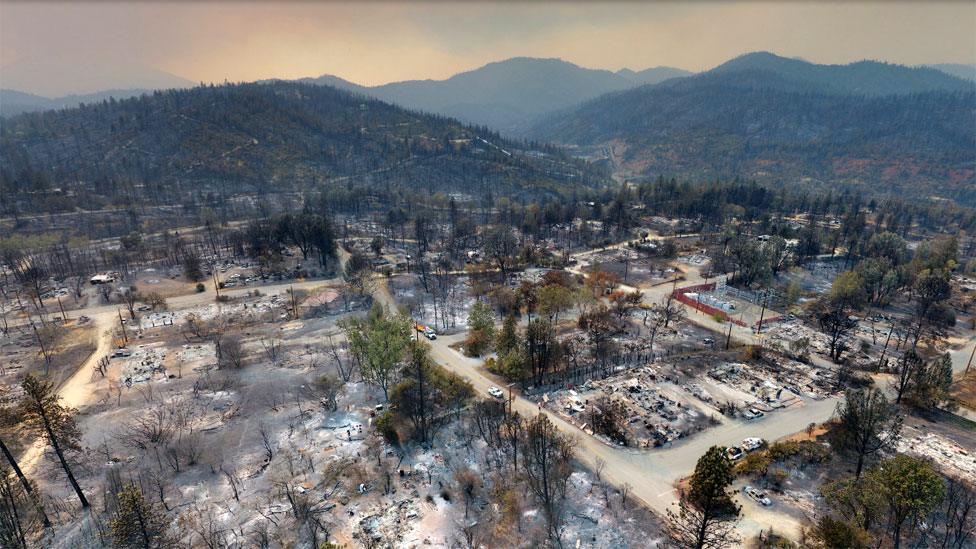California fires: Winds propel fires as death toll rises
- Published
California wildfires continue to rage
Strong winds have been fuelling California's deadly fires as search-and-rescue teams begin the grim task of searching for bodies among the ashes.
Winds of up to 40mph (64km/h) are expected throughout Tuesday in the state's south, where the Woolsey Fire is threatening some 57,000 homes.
Firefighters in the north are still battling the Camp Fire, which has left at least 42 people dead.
Meanwhile, two new fires began in the south on Monday.
They started within minutes of each other. The smaller of the two has since been put out, news agency Reuters reports.
In the north, the Camp Fire, which has destroyed more than 7,600 homes, surpassed the 1933 Griffith Park disaster to become the deadliest in California's history after 13 more bodies were found, bringing the total killed to 42. The earlier tragedy left 31 dead.
Many more people are said to be unaccounted for, with coroner-led search teams preparing to comb the largely incinerated town of Paradise on Tuesday.
Three portable morgues, specialist dog units, forensic anthropologists and a "disaster mortuary" have been requested to help with the operation, Butte County Sheriff Kory Honea told reporters on Monday.
Further south, the Woolsey Fire has so far killed two people as it damaged beach resorts including Malibu, a favourite with the rich and famous - bringing the state-wide death toll to 44.
Around 9,000 firefighters have been tackling the fires, with 16 other states sending crew and resources to help.
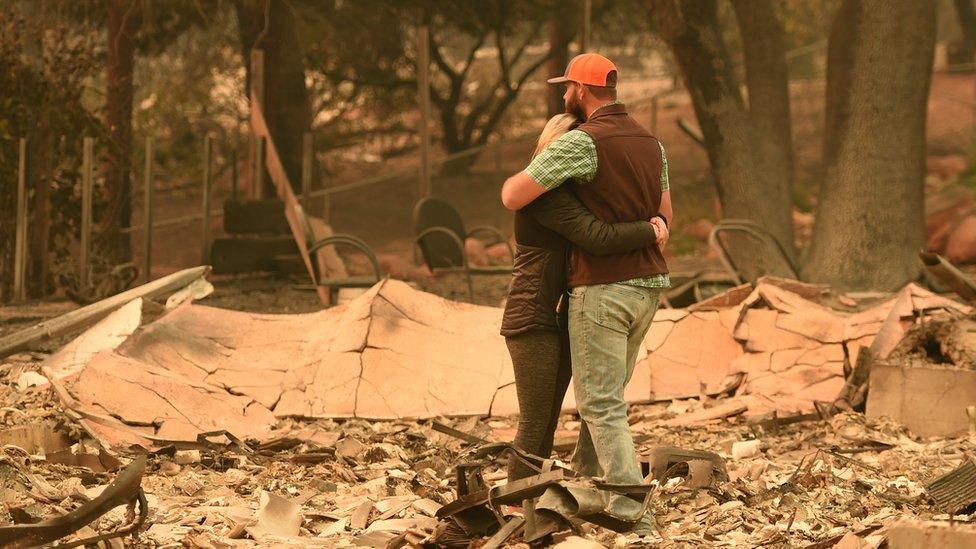
Many of the town's 26,000 residents have had their homes devastated
More than 300,000 locals have been forced to flee their homes across California.
US President Donald Trump has declared a "major disaster" in the state, making federal aid available to affected residents.
Authorities are investigating the cause of the wildfires.
What's the latest on the Camp Fire?
Paradise and its surrounding areas bore the brunt of the Camp Fire - the largest blaze - which started in a nearby forest on Thursday.
Some bodies were found in gutted cars that were overrun by the fast-moving fire, as residents scrambled to evacuate overnight.
Sorrell Bobrink, a Paradise resident who managed to drive away with her child, told BBC World Service radio she was first woken up and alerted by a phone call from a friend.
Paradise resident Sorrell Bobrink describes 'apocalyptic' scenes
She described the scene as "exactly like any apocalyptic movie I have ever seen" and said she did not know if she was driving towards death or out of harm's way as the sky blackened.
"I had to drive through the fire - it was awful. It was probably the most awful experience I will have in my life," she told the Newsday programme.
"It was traumatising, we will be traumatised for a long time. My whole community was traumatised - I can't watch the videos anymore because I actually went through it."
Many of the victims are believed to have been elderly residents or people with mobility issues who would find evacuating more difficult.
Forensic experts are stepping up their search in the ruins of Paradise, but officials warn that finding the bodies could take weeks.


Dogs are being brought in by local police to try and locate the dead, and two mobile army morgues will be used to help identify them.
The fire has burned around 125,000 acres (50,500 hectares) and is about 30% contained, fire officials said.
What about further south?
The separate Woolsey Blaze started on Thursday near Thousand Oaks, about 40 miles (64km) north-west of central Los Angeles.
It has consumed nearly 94,000 acres and destroyed around 435 buildings, officials said. It is around 35% contained, up slightly from earlier in the day. The smaller Hill Fire, nearby, has scorched 4,530 acres and is reportedly about 90% contained.
Luxury homes in Malibu and other beach communities are among the properties destroyed.
The nearby city of Calabasas, home to well-known celebrities, remains under a mandatory evacuation order.
Why are the fires so bad?
Historically, California's "wildfire season" started in summer and ran into early autumn, but experts have warned that the risk is now year-round.
With wildfires occurring across the globe, here are some of the techniques used to stop them
The California Public Utilities Commission is investigating what sparked the latest blazes - amid reports electrical companies may have suffered malfunctions near the sources shortly before the fires began.
Low humidity, warm Santa Ana winds, and dry ground after a rain-free month have produced a prime fire-spreading environment.
The state's 40-million-strong population also helps explain the fires' deadliness. That number is almost double what it was in the 1970s, and people are living closer to at-risk forest areas.


And then there's climate change. Recent years have produced record-breaking temperatures, earlier springs, and less reliable rainfall.
Citing the role of a warming climate, California Governor Jerry Brown declared: "This is not the new normal, this is the new abnormal."

Have you been affected by the wildfires? If it is safe to do so please get in touch. Email haveyoursay@bbc.co.uk, external.
Please include a contact number if you are willing to speak to a BBC journalist. You can also contact us in the following ways:
WhatsApp: +44 7555 173285
Tweet: @BBC_HaveYourSay, external
Send pictures/video to yourpics@bbc.co.uk, external
Text an SMS or MMS to 61124 or +44 7624 800 100
Please read our terms & conditions and privacy policy
- Published12 November 2018
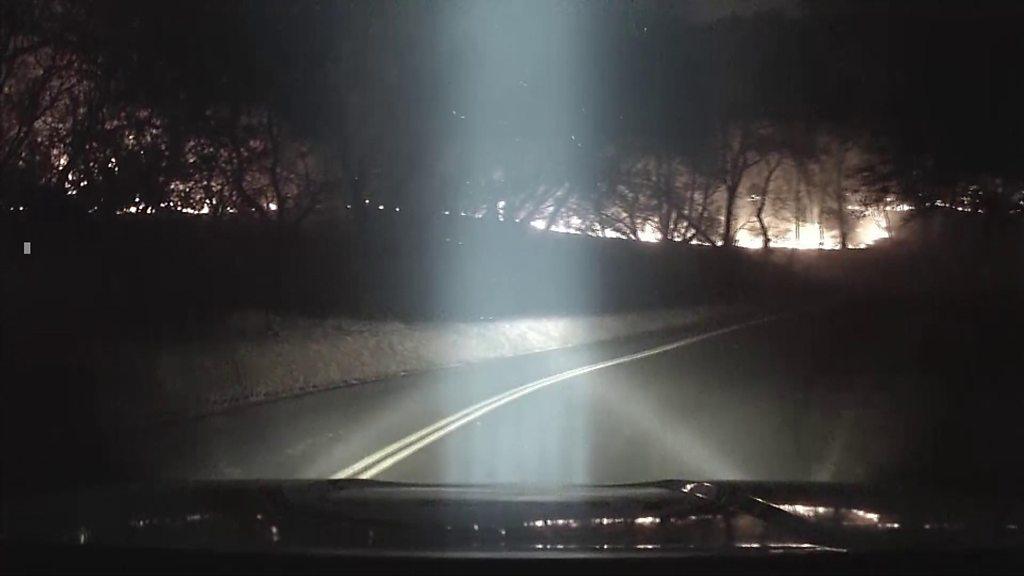
- Published13 November 2018
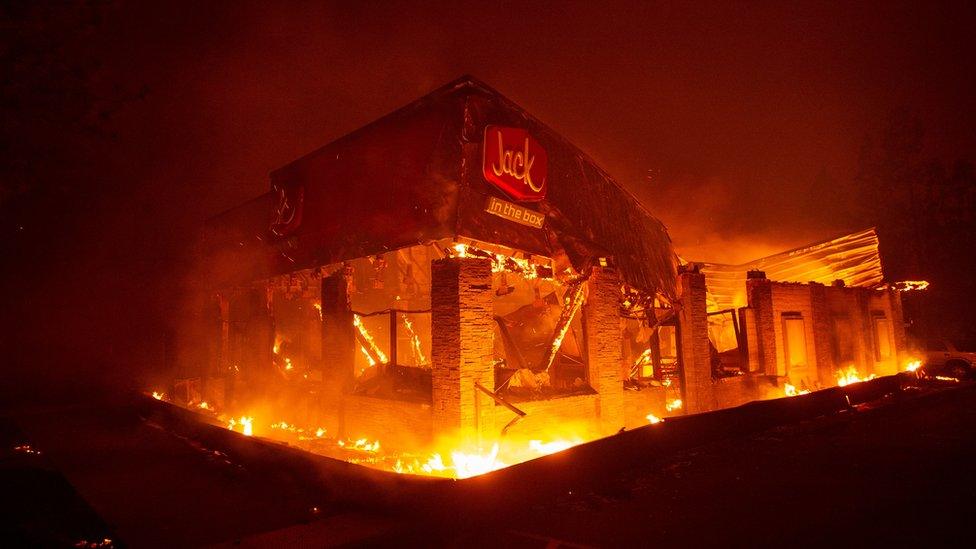
- Published12 November 2018

- Published10 November 2018
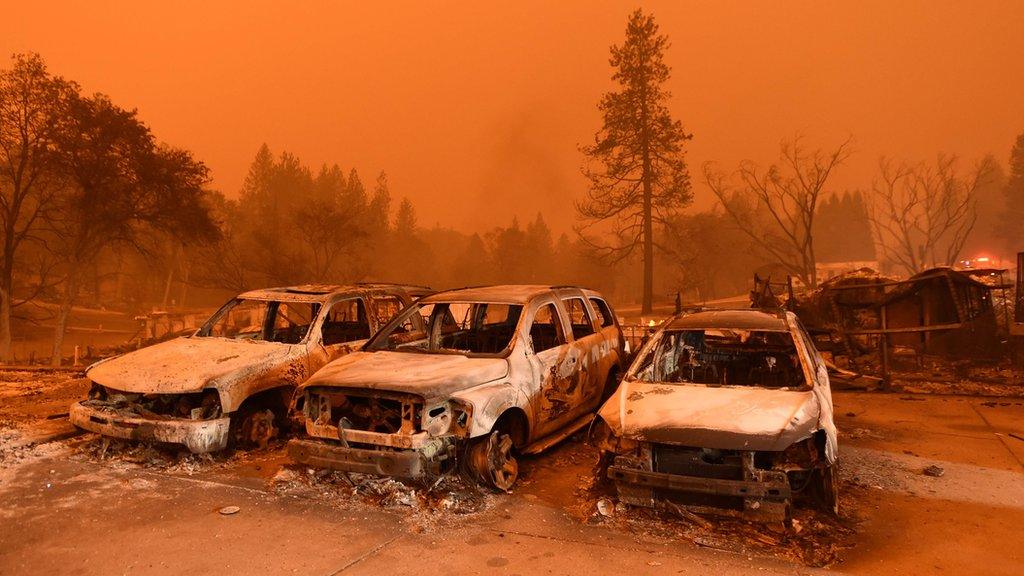
- Published13 October 2017

- Published12 November 2018

- Published10 November 2018
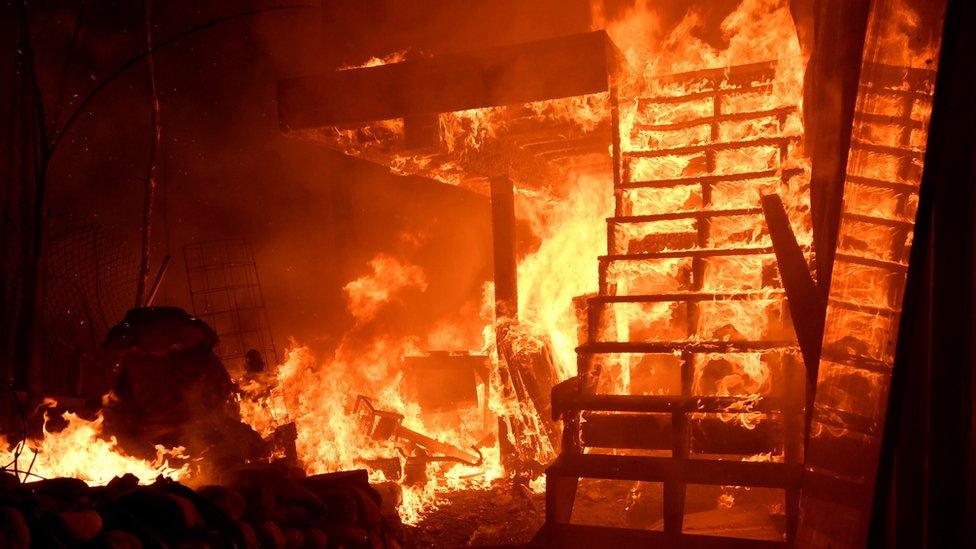
- Published12 November 2018
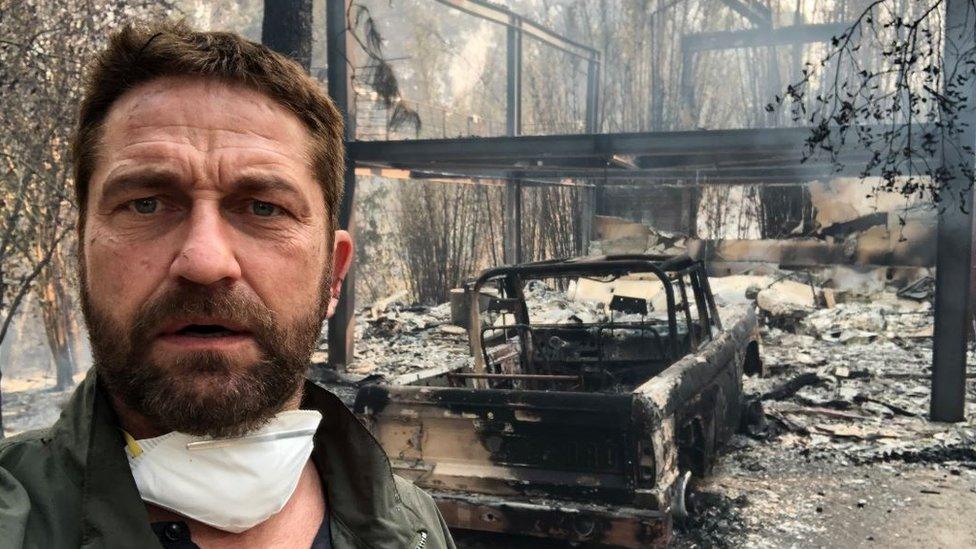
- Published13 November 2018
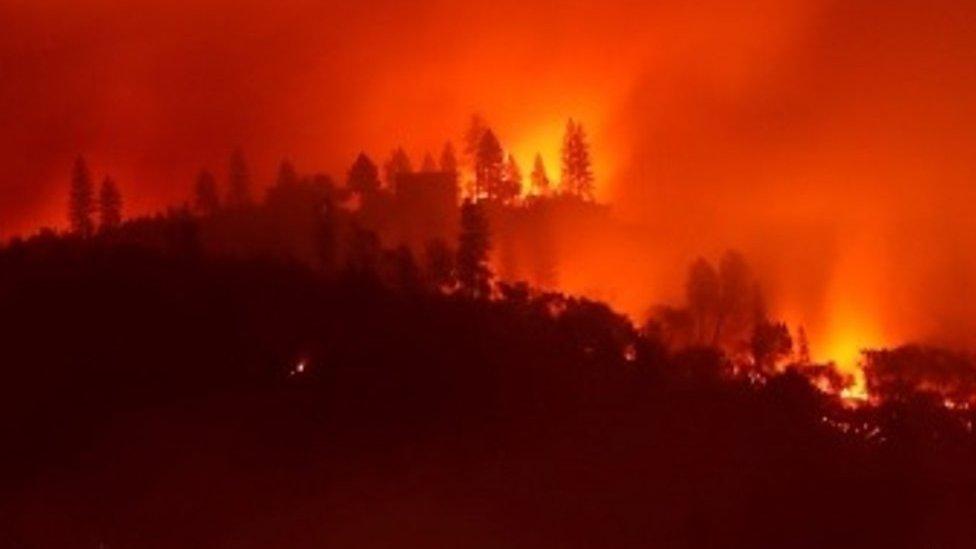
- Published12 November 2018
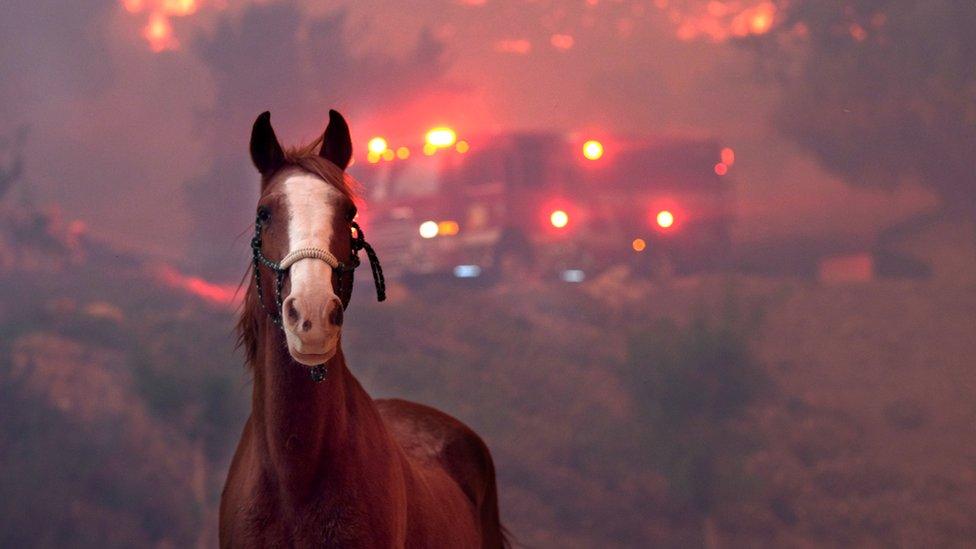
- Published7 August 2018
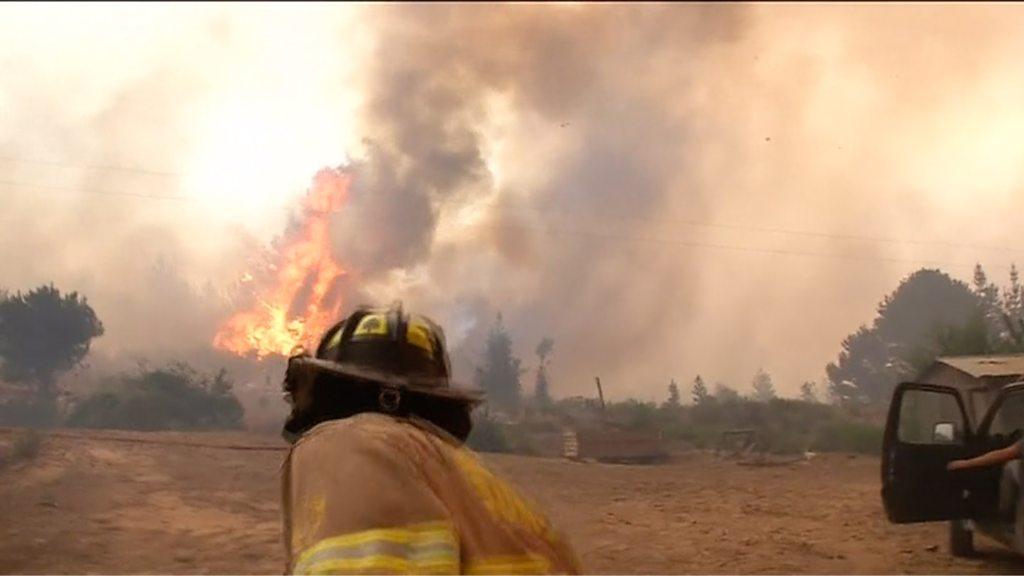
- Published13 December 2017
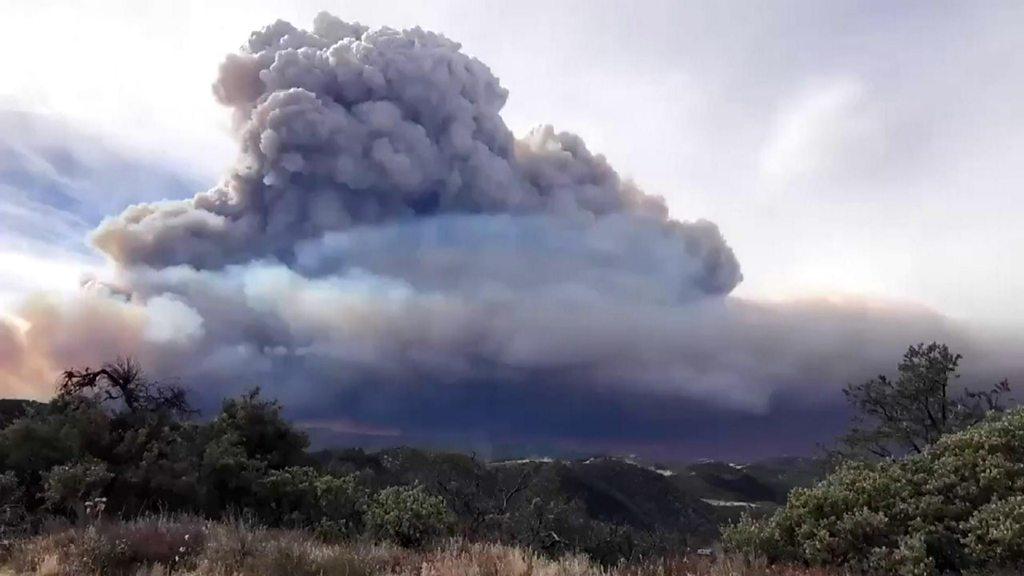
- Published9 August 2018
